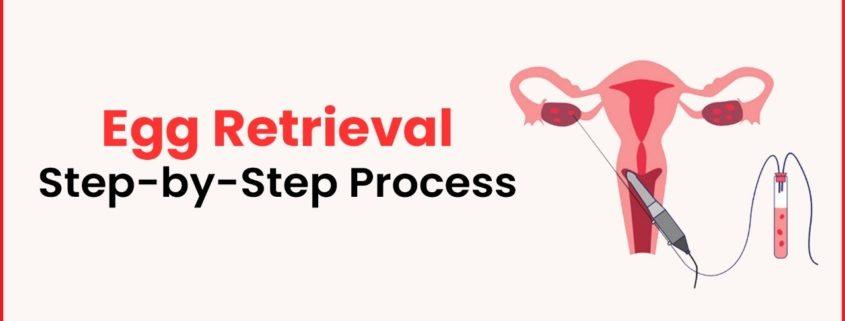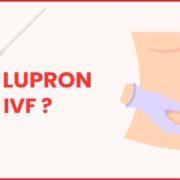Oocyte (egg) Retrieval Step-by-Step Process
What is Egg retrieval?
Egg retrieval is a crucial procedure in assisted reproductive technology (ART), just like in IVF and intracytoplasmic sperm injection (ICSI). It involves the extraction of mature eggs (oocytes) from a woman’s ovaries for fertilization in a laboratory setting. Here is a step-by-step guide to the oocyte retrieval process:
Oocyte retrieval is a critical step in the process of IVF and other assisted reproductive technologies.
Here’s a detailed information of the process:
1. Ovarian Stimulation:
The woman undergoes ovarian stimulation using hormonal medications before retrieval. It increases the chances of successful fertilization and embryo development.
2. Monitoring:
The woman’s response to the medications is monitored closely using ultrasound scans and hormone level measurements throughout the ovarian stimulation process. This monitoring helps healthcare providers adjust the dosage of medications as needed to optimize the number and maturity of the eggs.
3. Timing:
Once the ovarian follicles containing the eggs have reached a sufficient size, a shot of hCG is administered. This hormone triggers the final maturation of the eggs and prepares them for retrieval. The retrieval procedure is typically scheduled about 36 hours after the trigger shot to coincide with the optimal timing for egg retrieval.
4. Preparation:
On the day of the retrieval procedure, the woman is ordered to fast it. She may also be given medications to help relax or sedate her, as the procedure can cause discomfort.
5. Procedure:
The retrieval procedure is performed in a specialized fertility clinic or hospital setting. It is usually done transvaginally, meaning the eggs are retrieved through the vaginal wall using a thin needle. Ultrasound guidance is used to visualize the ovaries and guide the placement of the retrieval needle.
6. Egg Aspiration:
Once the ovaries are visualized, a needle is inserted through the vaginal wall and into each ovarian follicle containing an egg. The follicular fluid containing the eggs is aspirated into a test tube attached to the suction device. This process is repeated for each mature follicle identified on ultrasound.
7. Egg Identification:
Embryologists immediately examine the follicular fluid collected during the retrieval procedure under a microscope to identify and retrieve the eggs. The eggs are placed in a special medium and incubated in the laboratory until they are ready for fertilization.
8. Post-Procedure Care:
The woman is generally monitored after retrieval to ensure no immediate complications. She may experience cramping, bloating, or spotting after the procedure, which is resolved within a few days.
Details Process of Oocyte Retrieval
Oocyte retrieval, also known as egg retrieval, is a procedure that involves several steps. Here’s a detailed information:
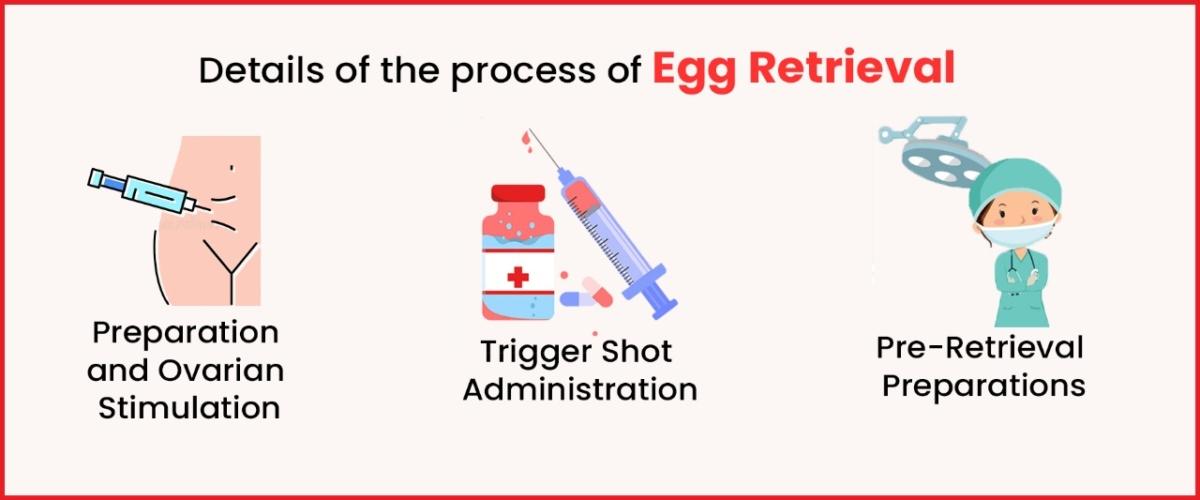
1. Preparation and Ovarian Stimulation:
- Before starting the IVF cycle, the woman undergoes a detailed evaluation, including various tests to assess ovarian reserve and reproductive health.
- Once deemed suitable for IVF, the woman begins ovarian stimulation using hormonal medications. Ovarian stimulation is monitored closely through ultrasound scans and blood tests to track follicle growth and hormone levels. The dosage of medications may be adjusted based on the individual’s response to ensure optimal follicular development.
2. Trigger Shot Administration:
- When the follicles containing the eggs reach an appropriate specification, a hCG trigger shot is administered. This hormone triggers the final maturation of the eggs, preparing them for retrieval.
- The timing is crucial, as it determines when the eggs will be ready for retrieval. The retrieval procedure is typically scheduled approximately 36 hours after the administration.
3. Pre-Retrieval Preparations:
- On the day of the retrieval procedure, the woman is advised to fast for a certain period before the procedure to minimize the risk of complications associated with anaesthesia.
- She may also be given medications to help relax or sedate her, as the procedure can cause discomfort. An anesthesiologist may administer intravenous sedation or general anaesthesia based on the woman’s preference and medical history.
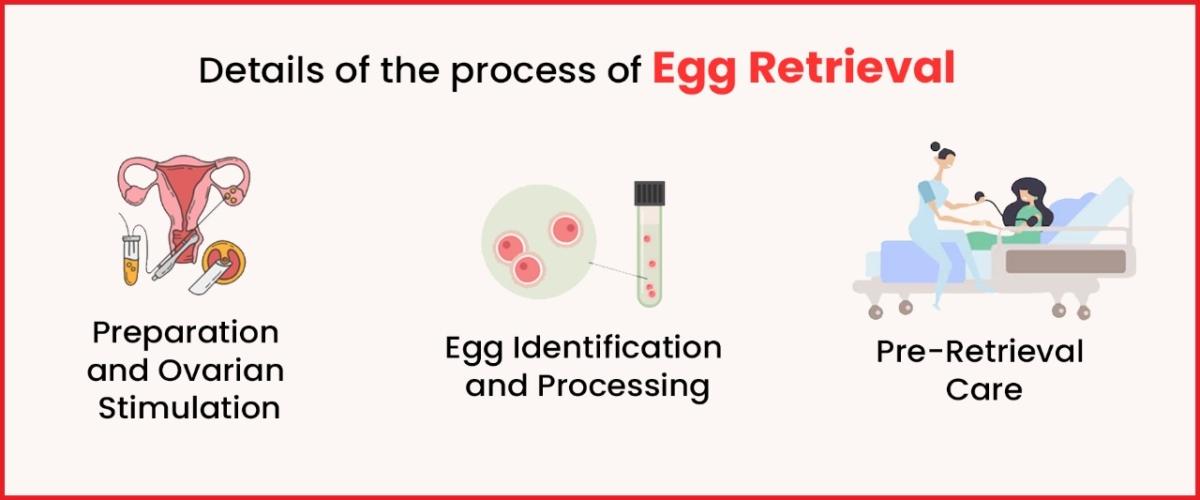
4. Retrieval Procedure:
- The retrieval procedure is usually performed in a specialized fertility clinic or hospital setting. It is typically done transvaginally under ultrasound guidance.
- The woman lies in stirrups, similar to a pelvic exam. A speculum is inserted into the vagina to visualize the cervix.
- A thin, hollow needle attached to a suction device is then guided through the vaginal wall and into each ovarian follicle containing an egg. Ultrasound imaging helps guide the needle placement to avoid injury to surrounding structures.
- The follicular fluid containing the eggs is gently aspirated into test tubes attached to the suction device. This process is repeated for each mature follicle identified on ultrasound.
5. Egg Identification and Processing:
- The test tubes containing the follicular fluid are immediately taken to the laboratory, where embryologists examine them under a microscope to identify and retrieve the eggs.
- The eggs are kept in a special culture medium, where they are incubated until they are ready for fertilization.
6. Post-Retrieval Care:
- The woman is usually monitored for a short period to check her. She may experience mild cramping, bloating, or spotting, which is normal.
- Pain medications and instructions for post-retrieval care are provided to help manage any discomfort or side effects.
Overall, oocyte retrieval is a critical step in the IVF process, allowing IVF specialists to collect the woman’s eggs for fertilization in the laboratory. It requires careful planning, skilled execution, and close monitoring to optimize the chances of success.

